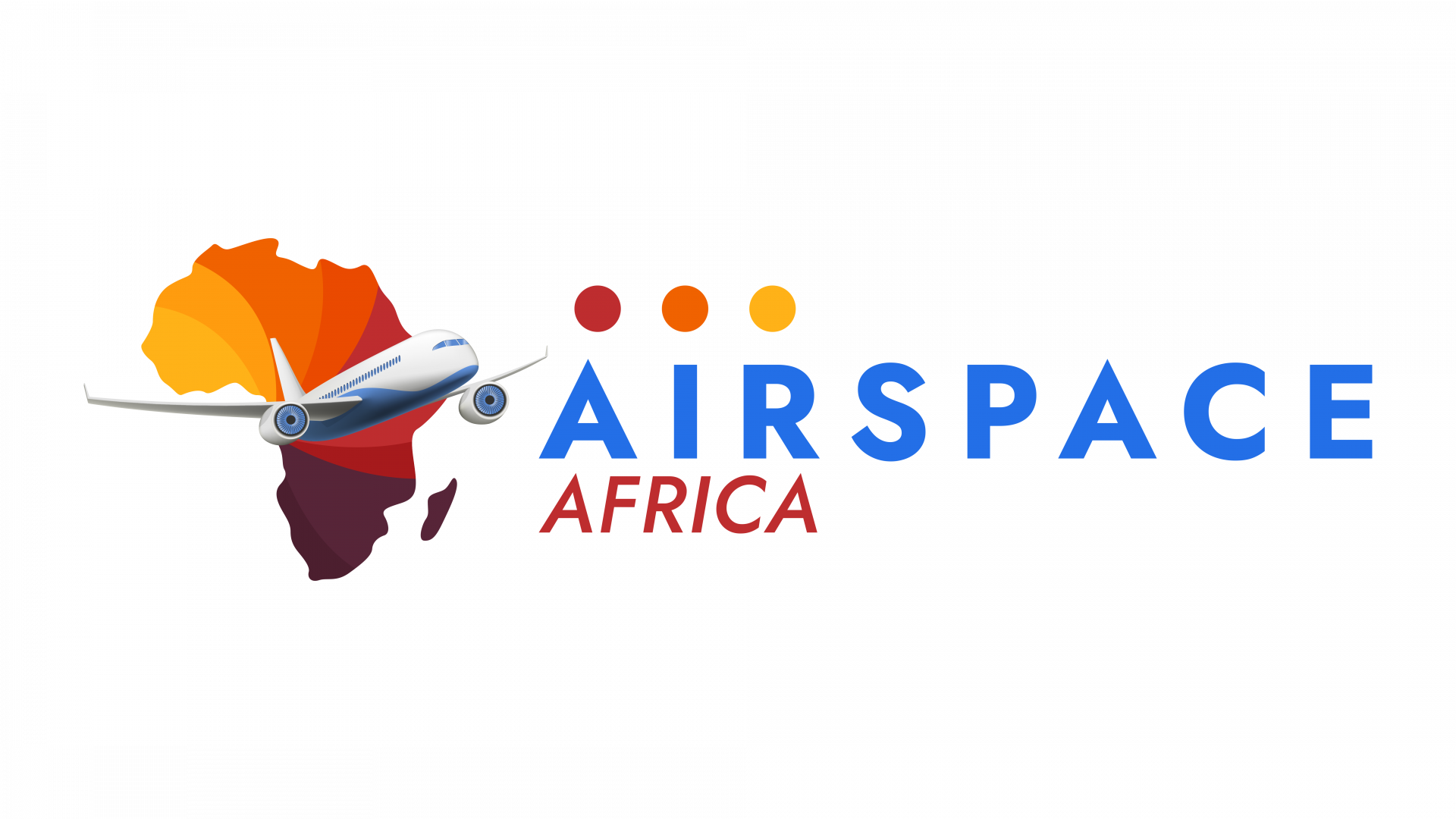The Single African Air Transport Market (SAATM) is a flagship project of the African Union’s Agenda 2063, aimed at creating a unified and liberalized air transport market in Africa. The goal is to enhance connectivity and reduce air transport costs, thus promoting economic growth, tourism, and trade. SAATM was launched in January 2018, with 23 African states signing the Yamoussoukro Decision (YD) to open their skies to each other.
However, the implementation of SAATM has been slow, with only 34 out of 55 African Union (AU) member states signing the YD and its only recently that 17 states ratified it representing 80 percent of the existing aviation market in Africa.
Furthermore, some countries that signed the YD have not yet fully implemented it, citing concerns over competition and national carriers’ protection.
SAATM Implementation: Challenges and Recommendations
At the 69th ACI Africa Conference, AFRAA Secretary General Abderahmane Berthe spoke about ongoing industry actions and the implementation of SAATM.
Berthe reported that 85% of intra-African flights are direct, while 15% connect with one stop or more. Among those direct flights, 5th freedom represents only 21%, while the share of 3rd and 4th freedom flights is 79%. From AFRAA data hub, it was reported that ASKY airlines, Ethiopian Airlines, and Kenya Airways were the African airlines operating the highest number of 5th freedom routes.
He highlighted that African airlines operate only 14% of their direct flights on 5th freedom while 86% on 3rd and 4th freedom. Non-African carriers operate a more significant share of their direct flights in 5th freedom in Africa.
AFRAA’s reporting framework by its member airlines revealed that among eight reporting airlines, some mentioned traffic rights denial by 11 African states.
Berthe recommended that African states be willing and ready to implement SAATM, stop denying 5th freedom traffic rights to African airlines, and reduce overtaxation of aviation.
The AFRAA Secretary General also called for collaboration among airlines to improve connectivity, reduce costs along the air transport value chain, and work together to implement the African Routes Development Strategy forum.
The challenges to the implementation of SAATM are complex and varied. One of the main issues is the lack of political will and commitment by some African states. Additionally, there is a lack of harmonization of air transport policies and regulations among African states, leading to inconsistencies and difficulties for airlines to operate across borders.
Another challenge is the lack of adequate infrastructure, particularly in secondary airports, making it difficult for airlines to operate profitably. There is also a need for increased investment in human resources development, technology, and innovation to improve efficiency and competitiveness.
Despite these challenges, SAATM offers significant opportunities for the African air transport industry. According to the African Development Bank, SAATM could generate $1.3 billion in annual benefits to African consumers, stimulate tourism, create jobs, and promote economic growth.



